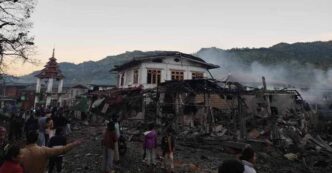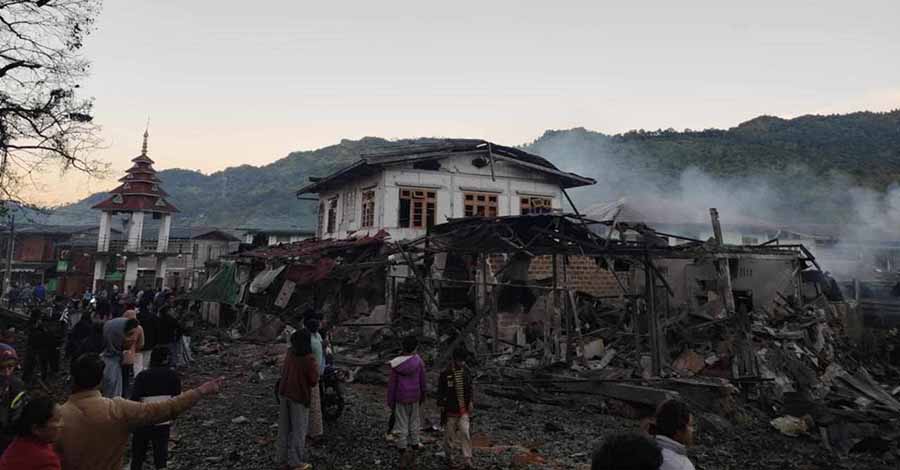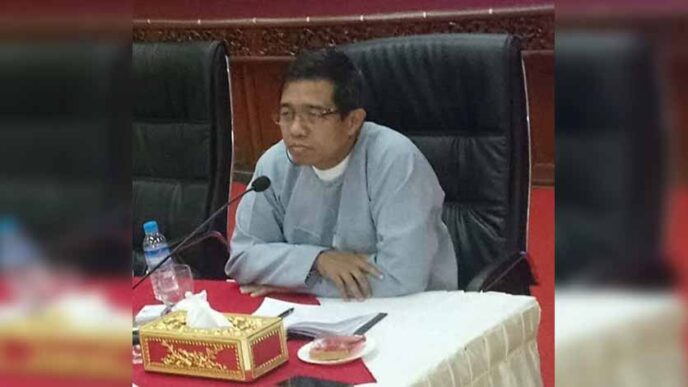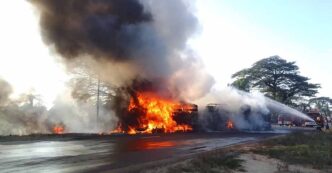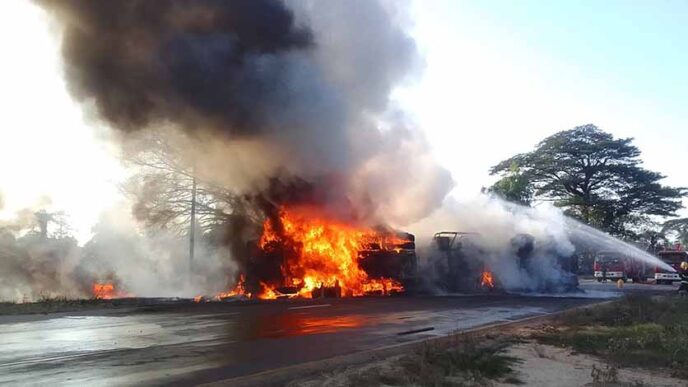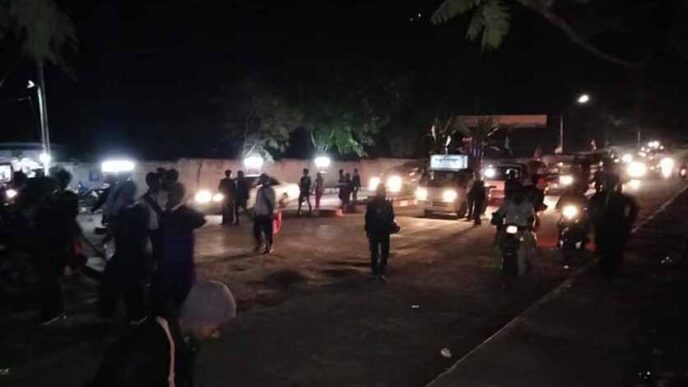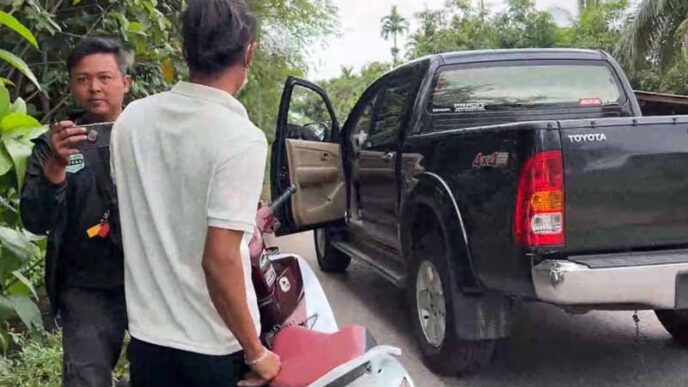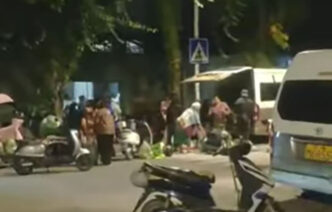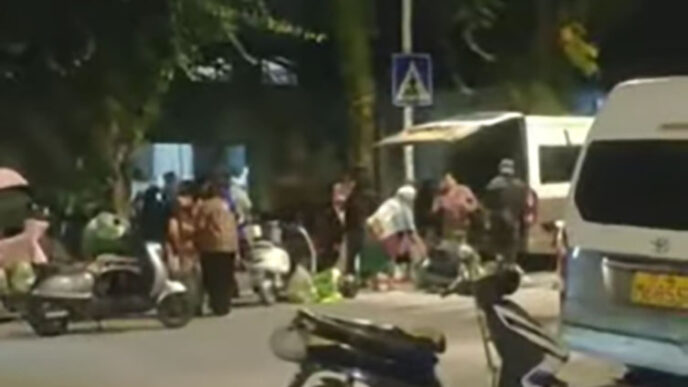The ongoing conflict in Myanmar has escalated, with recent airstrikes by the military council resulting in tragic civilian casualties in the Taang National Liberation Army (TNLA) regions near Mokot and Naungcho. This article examines the events, details from witnesses, and the increasing concerns among local communities.
1. Military Council Airstrikes on Mokot and Naungcho
Airstrikes in Mokot City Lead to Civilian Losses On November 11, the military council launched a series of airstrikes targeting the east and west areas of Mokot City. The initial attacks struck the eastern Upper Middle-U neighborhood with three bombs, followed by an additional two bombs near Yeon U Lwin in the west. Tragically, nine local residents were confirmed dead in these attacks, with more victims feared as search efforts continue.
Naungcho Township Tea Shop Bombing In a separate incident, a tea shop in Naungcho township was hit by another airstrike, killing eleven civilians, including tourists and a local driver, and injuring four others. According to local witnesses, the bomb fell directly on the establishment, resulting in immediate casualties among those inside.
2. Rising Civilian Concerns and Fear of Repeated Attacks
Community Fears and Calls for Safety The airstrikes, launched months after TNLA took control of Mokot, have heightened fears among local communities. Many residents worry about the possibility of further attacks, feeling vulnerable and increasingly at risk of being caught in the crossfire. The devastating impact on daily life and the risk of future airstrikes have left communities anxious about safety and stability.
Eyewitness Accounts of the Naungcho Bombing According to a resident of Naungcho, the tea shop bombing victims were seated inside when the bomb struck, adding to the atmosphere of fear and tragedy in the town. The resident described the intense situation, sharing that both locals and visitors to the area were hit, amplifying the impact of the attack across the community.
3. Broader Implications of Airstrikes in Conflict Zones
Targeting Civilians and Infrastructure The targeting of civilian spaces such as tea shops raises serious concerns about the ongoing conflict’s toll on innocent lives and essential infrastructure. As airstrikes increasingly impact civilian areas, the humanitarian consequences in Myanmar’s conflict zones are growing more severe.
Growing Tensions in the TNLA-Controlled Region This series of attacks comes in the wake of TNLA’s occupation of Mokot, signaling potential retaliation efforts by the military council. The escalation of military operations in TNLA-controlled areas could lead to heightened conflict, further endangering civilians in these territories.
4. Conclusion: A Call for Attention to Civilian Protection
The recent airstrikes in Mokot and Naungcho have underscored the devastating impact of Myanmar’s ongoing conflict on civilian populations. The tragic loss of life has spurred calls for protection and safety among residents, as they brace for the potential of future attacks. Addressing the safety of civilians and reducing the intensity of attacks on non-military targets will be crucial for mitigating harm and fostering stability in these conflict-affected areas.
